Drain Pipe Relining Solutions
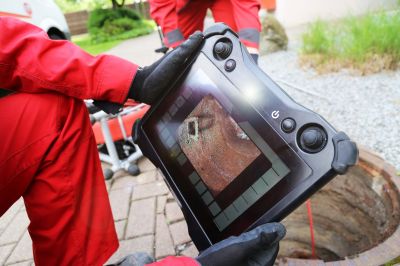
Visual assessments can determine pipe condition and optimal timing for relining.

Dry periods reduce the risk of weather-related delays during relining projects.
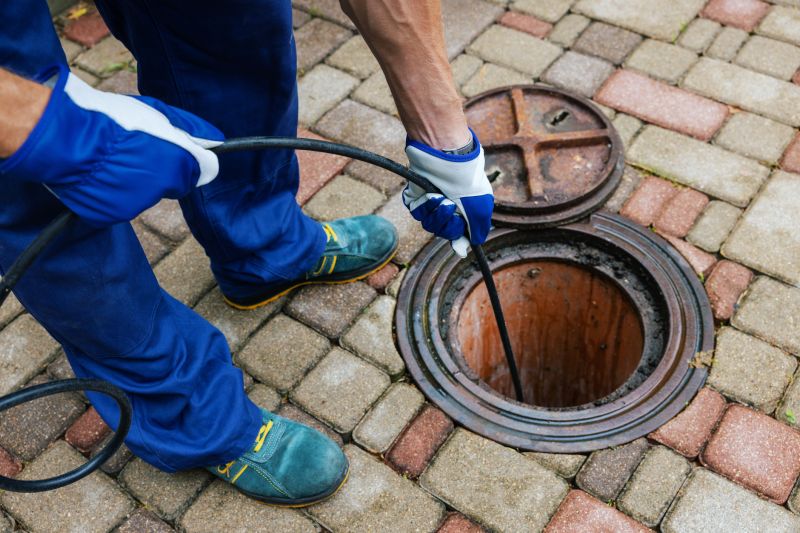
Planning relining during low-usage times minimizes disruption to property operations.
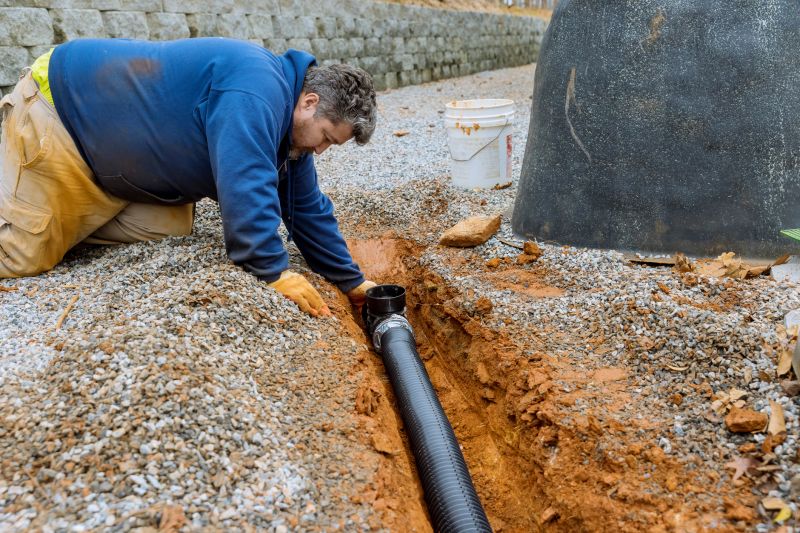
Ways to make Drain Pipe Relinings work in tight or awkward layouts.
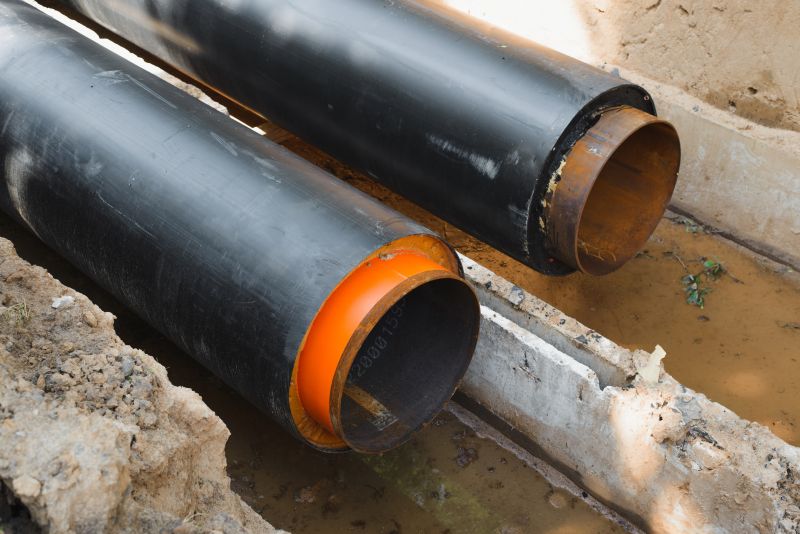
Popular materials for Drain Pipe Relinings and why they hold up over time.
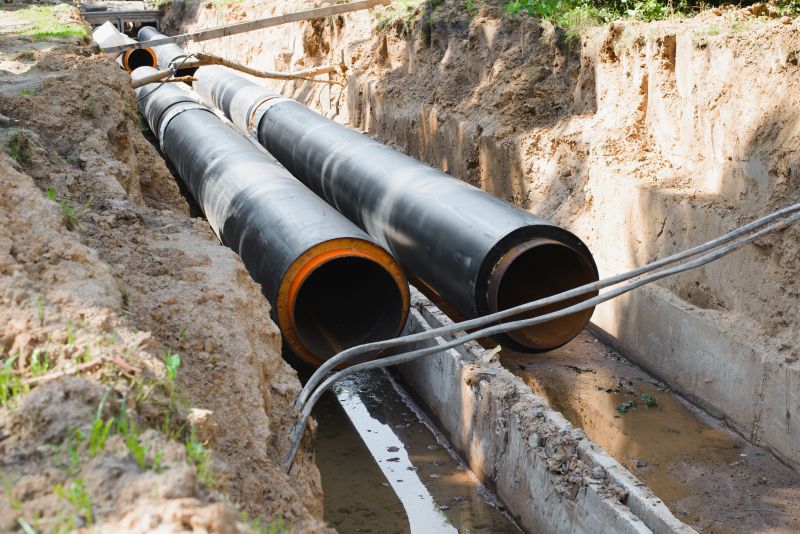
Simple add-ons that improve Drain Pipe Relinings without blowing the budget.
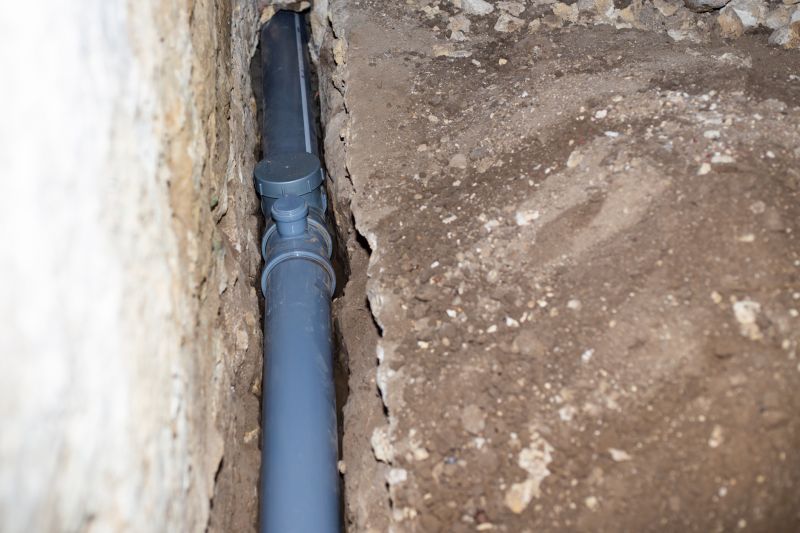
High-end options that actually feel worth it for Drain Pipe Relinings.
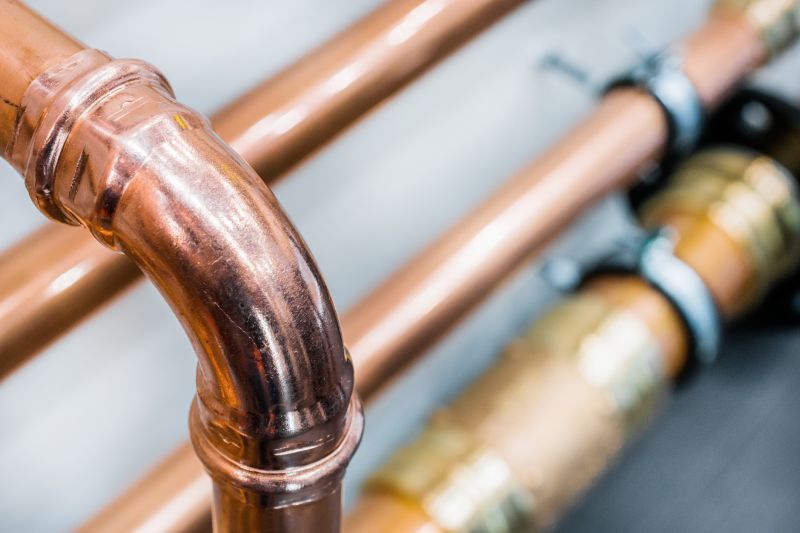
Finishes and colors that play nicely with Drain Pipe Relinings.
Drain pipe relining is a trenchless method for repairing damaged or deteriorated pipes. This process involves inserting a resin-soaked liner into the existing pipe, which hardens to form a new pipe within the old one. Relining extends the lifespan of underground drainage systems and prevents costly excavations. It is a minimally invasive solution suitable for various pipe materials and sizes, offering a durable and long-lasting repair option.
Statistics indicate that pipe relining can increase pipe durability by up to 50 years, with success rates exceeding 90% in properly prepared projects. Optimal timing depends on factors such as pipe condition, weather, and property usage patterns. Regular inspections can identify early signs of deterioration, allowing for timely relining before major failures occur.
Cracks, leaks, or frequent blockages signal the need for relining.
Late spring and early fall are often preferred due to milder weather.
Clear access points and schedule during low-usage periods improve efficiency.
Preventing pipe failure reduces repair costs and property damage.
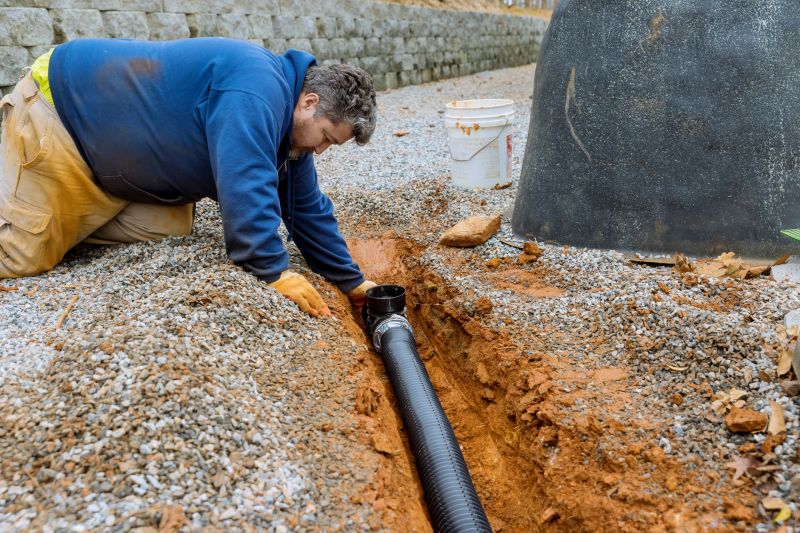
Technicians insert a liner into the pipe during relining.
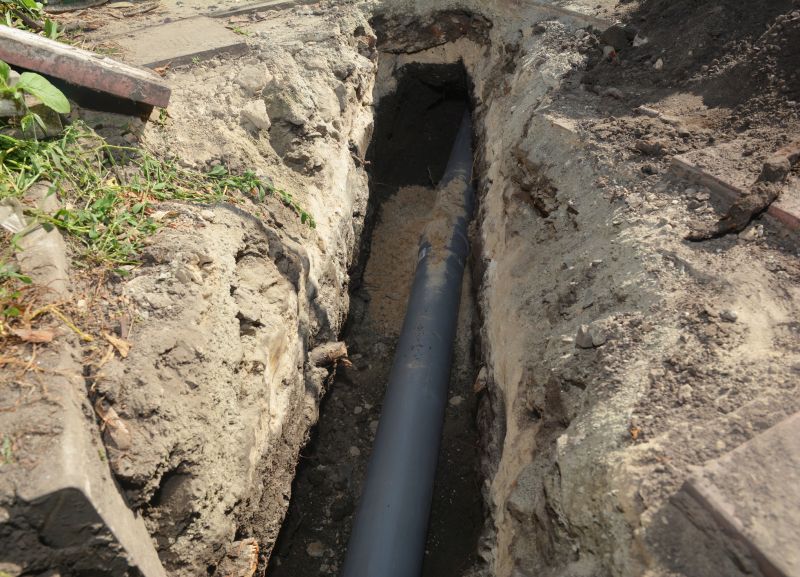
Specialized tools ensure precise application and curing.
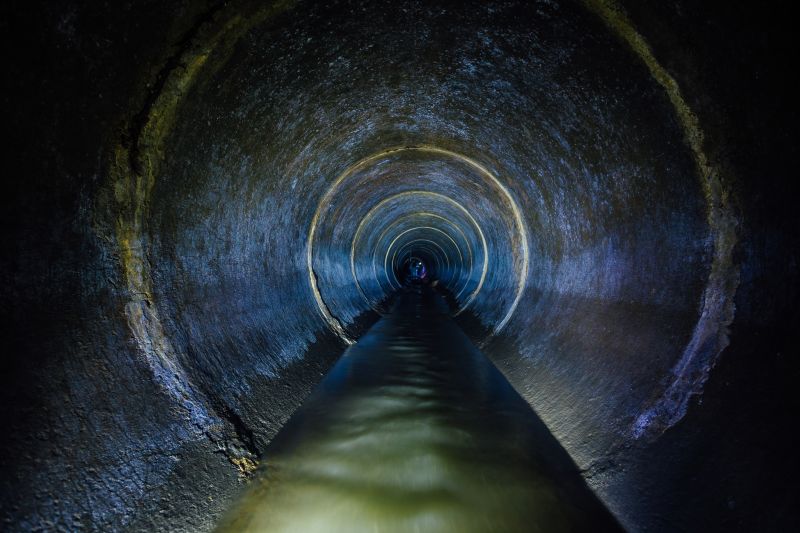
A seamless, durable pipe within the existing infrastructure.
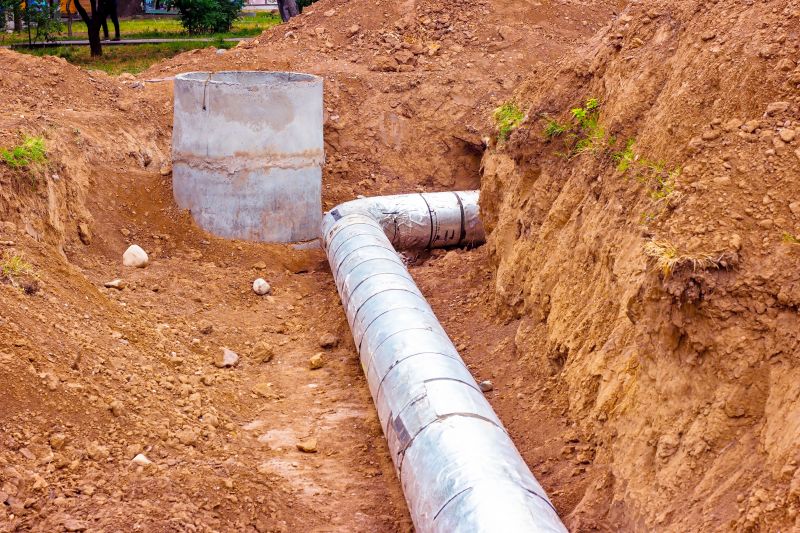
Post-relining checks confirm system integrity.
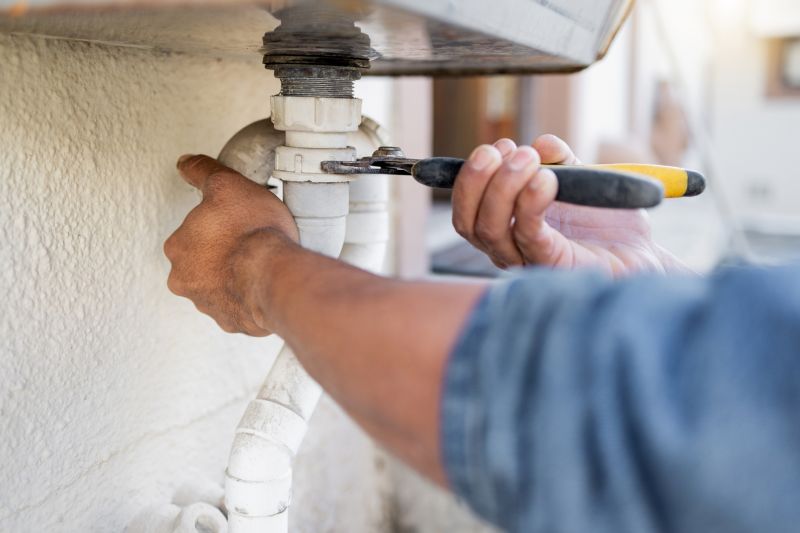
Little measurements that prevent headaches on Drain Pipe Relinings day.
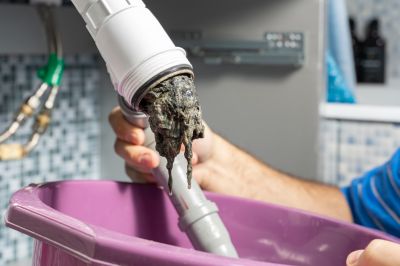
A 60-second routine that keeps Drain Pipe Relinings looking new.
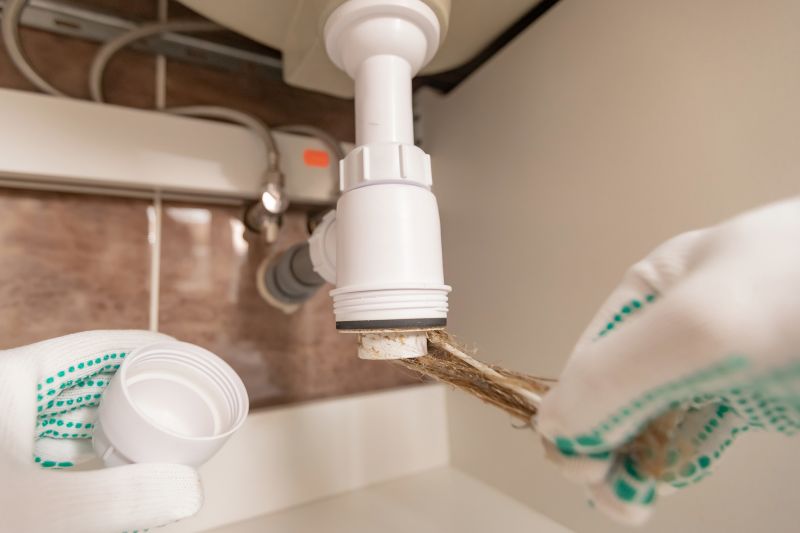
A frequent mistake in Drain Pipe Relinings and how to dodge it.
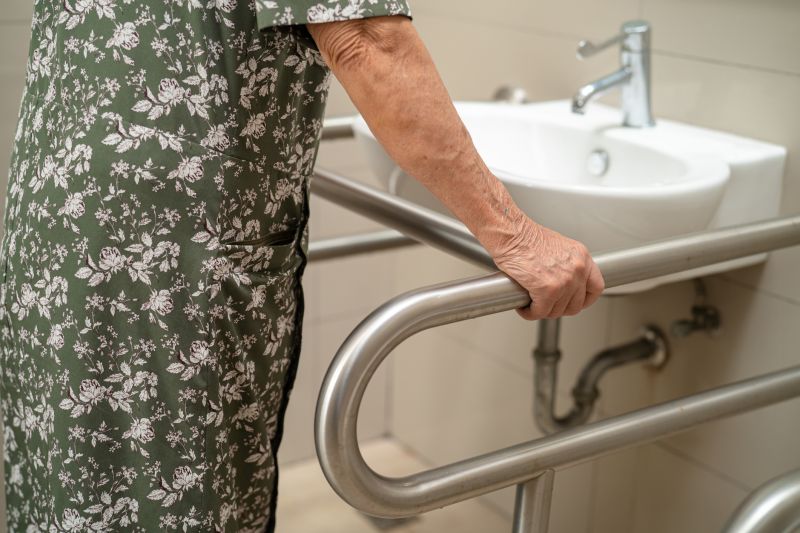
Small tweaks to make Drain Pipe Relinings safer and easier to use.
| Factor | Impact on Timing |
|---|---|
| Pipe Condition | Severe deterioration suggests urgent relining. |
| Weather | Dry seasons facilitate smoother installation. |
| Property Usage | Low-traffic periods reduce disruption. |
| Inspection Results | Early signs of damage allow for planned relining. |
| Maintenance Schedule | Align with routine inspections for efficiency. |
| Upcoming Projects | Coordinate with other renovations for convenience. |
| Seasonal Considerations | Avoid extreme cold or wet conditions. |
Choosing the right time for drain pipe relining ensures optimal results and minimizes inconvenience. Regular inspections and awareness of environmental conditions are essential for planning. Early intervention can prevent costly repairs and extend the lifespan of drainage systems.
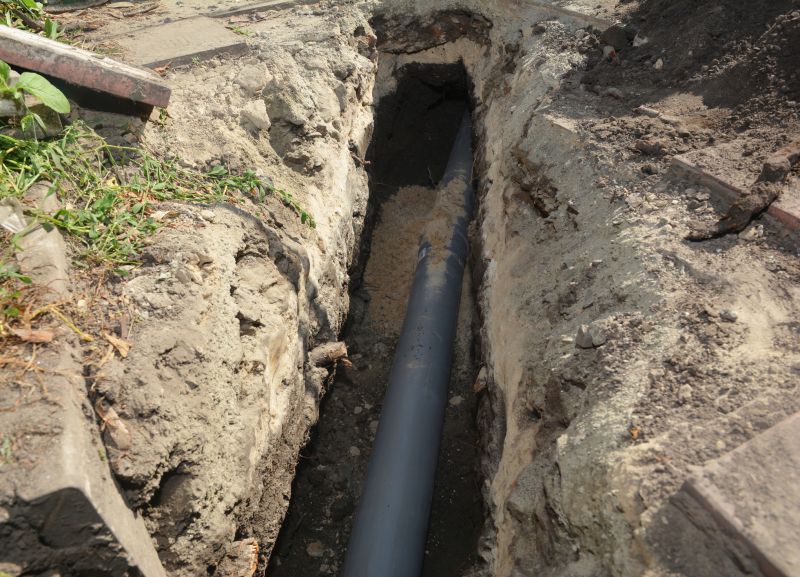
Shows pipe condition improvement post-relining.
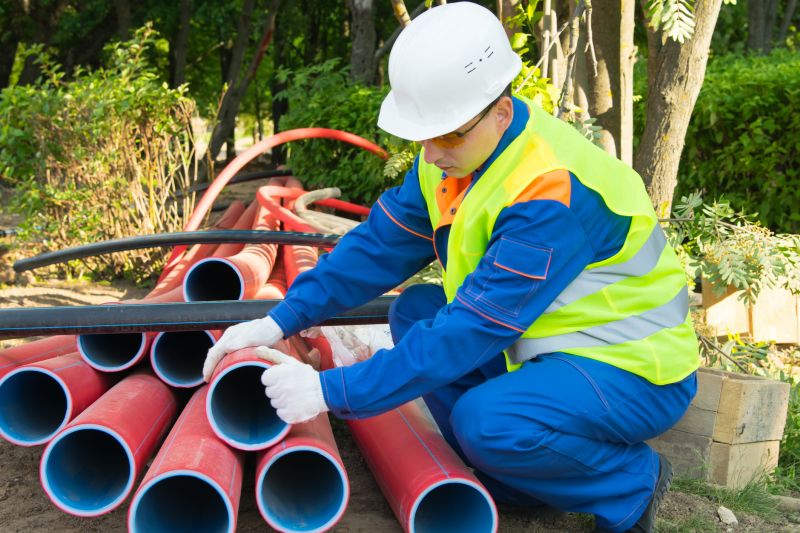
Tools prepared for efficient installation.
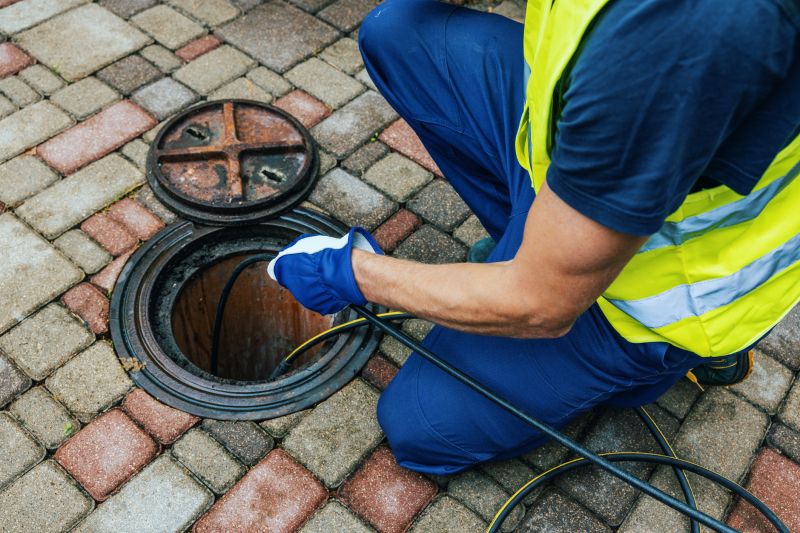
Professional application of liner within the pipe.
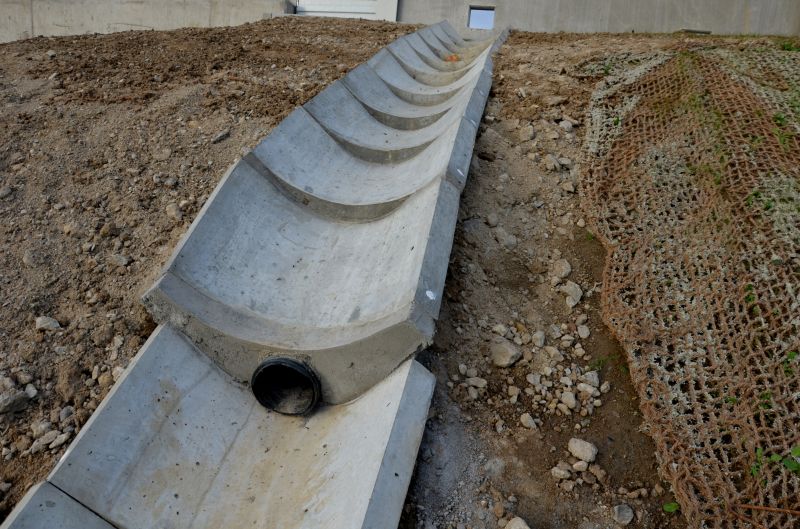
Restored functionality with minimal excavation.

Lower-waste or water-saving choices for Drain Pipe Relinings.
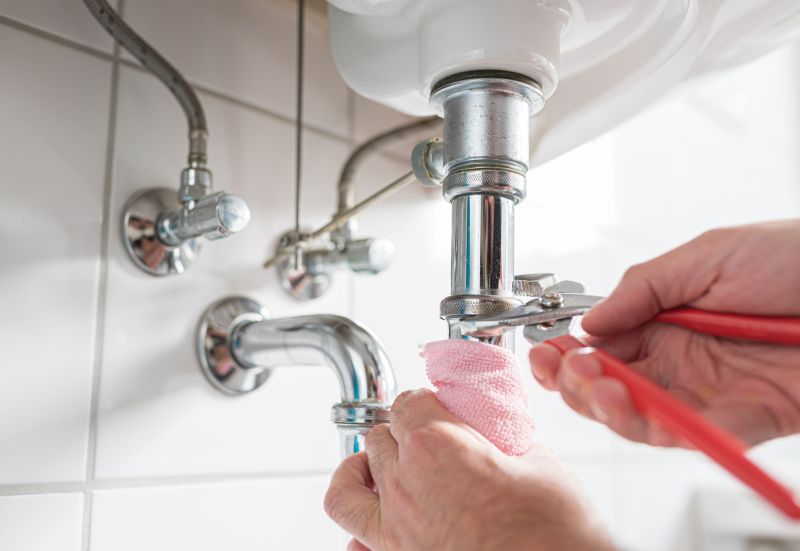
The short, realistic tool list for quality Drain Pipe Relinings.
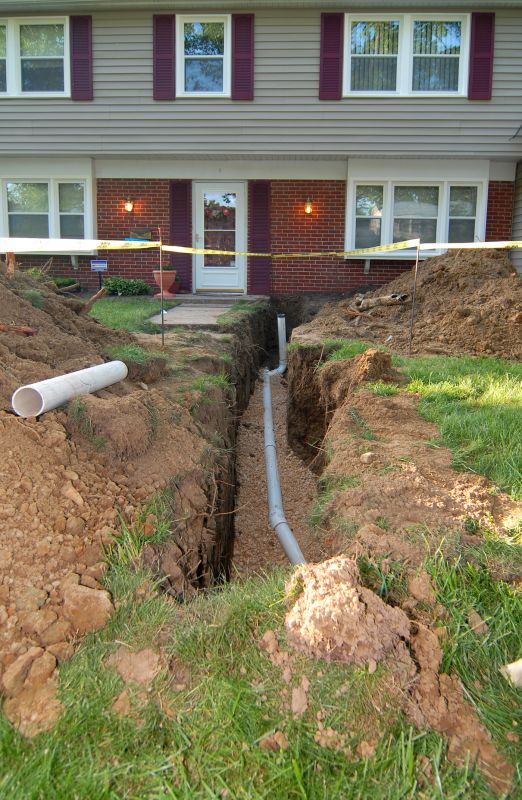
Rough timing from prep to clean-up for Drain Pipe Relinings.
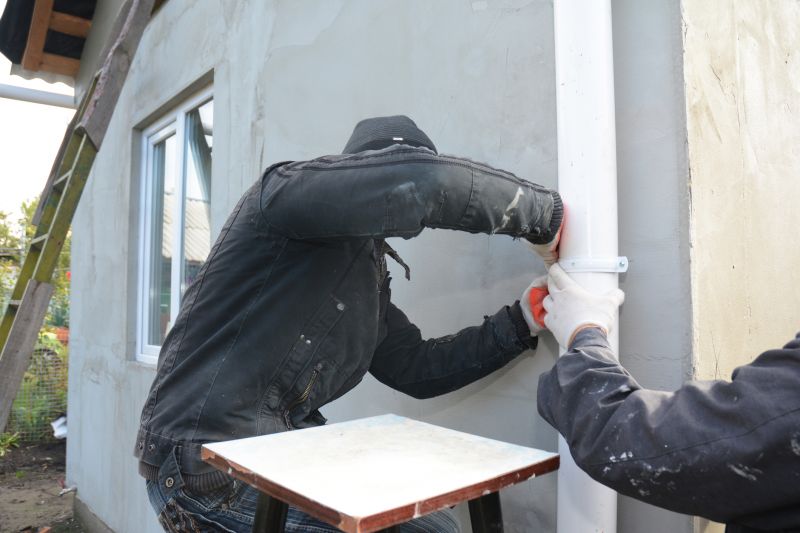
Quick checks and paperwork to keep after Drain Pipe Relinings.
Interested parties are encouraged to contact for more information about drain pipe relining options. Proper timing and planning can lead to effective, long-lasting repairs that maintain the integrity of underground drainage systems.
